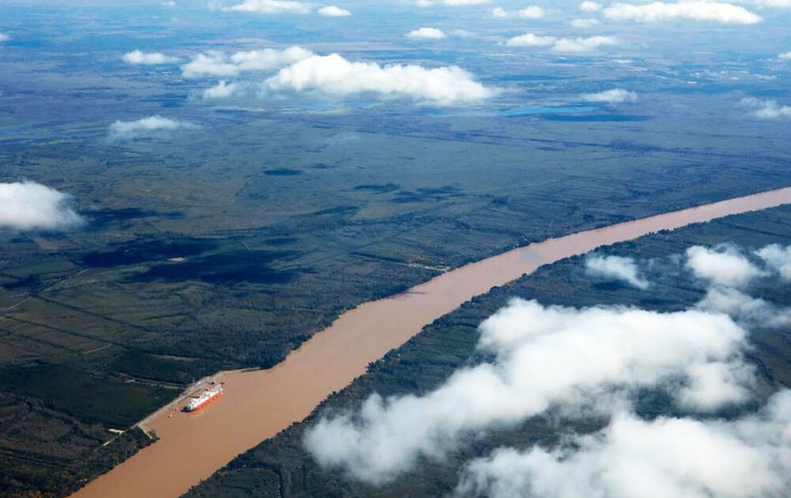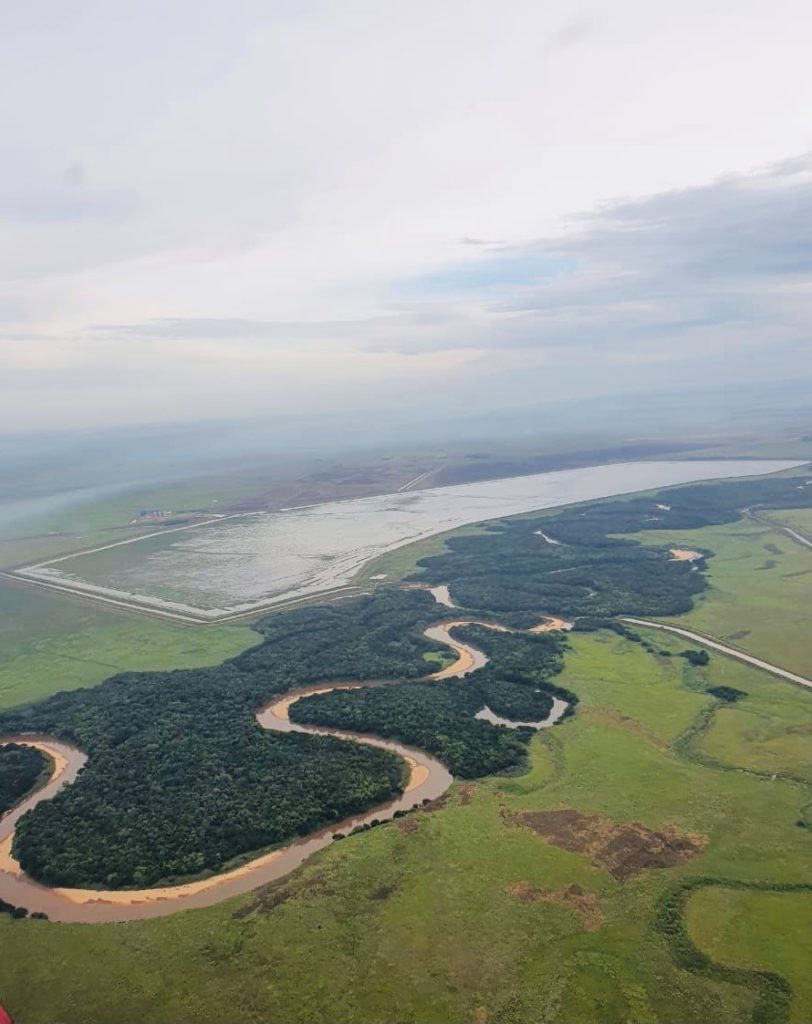Lower rainfall in the region has impacted the Paraná river flow, which has dropped to less than half of historical averages. This affects its navigability and concerns agribusiness since a large part of crop harvests from Argentina, southern Brazil and Paraguay are exported via the ports of Santa Fe. The Paraná is one of the longest lowland rivers in the world with almost 5,000 km long.

According to the Rosario Stock Exchange, the low water level, considered as the most severe in 50 years, cost exporters already $244 million in 2020 as vessels were unable to operate or load normally. This means that Argentine and Paraguayan exporters are not able to benefit as much as they could from high international prices for agricultural products.
As our farm is situated along the river Tebicuary (a tributary to the Paraná River), we clearly face currently a shortage in water. So far, we could pump during 2 days in June, bringing our water reserve in our artificial lake (480 ha) to a bit less than 25% of its capacity. We need still 1 million liters of water to be at optimal capacity.

We are now in winter period and temperature are higher than usually for the season. Most of the times, this mean that a dry spring and summer are going to follow and that existing water reserves such as lagoons, rivers, etc will not be sufficient to compensate for the entire season the lack of water/rains. If that happens, we are going to reallocate some rice surface to soybean cultivation as this crop is not anaerobic like rice.

The situation faced currently in southeast and central-west of Brazil makes us think that dryness will hurt our rice activity in the coming season. Southeast and central-west of Brazil (2 key regions) are facing the worst drought in nearly a century, and is wreaking havoc on hydroelectric dams and crops.
As if the fallout of the drought weren’t enough, epidemiologists warn Brazil may also be facing a brutal new surge of Covid-19.
